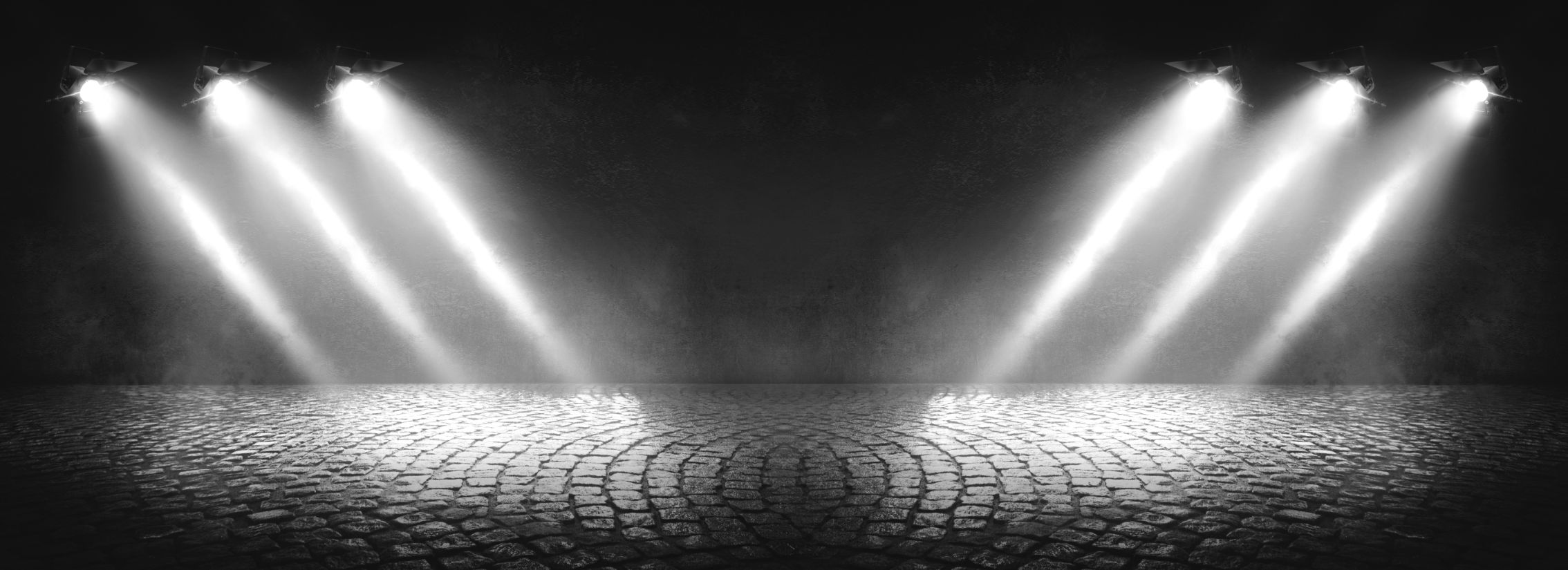
What are the illumination standards for commercial lighting?
Store lighting requires the illumination value of the specified method; each country has its characteristics. It is roughly divided into two categories: simple and detailed.
(1) Simple
① Germany DIN5035 only lists department stores, supermarkets and window illumination values, respectively, require 500lx, 750lx and 1000lx in the 0.85m horizontal plane.
② Australia AS1680-1976 only proposed the general lighting and merchandise display illumination value in the store. The former is required to achieve 300Ix on the 0.85m levels, while the latter only proposed to increase the local lighting and did not propose specific values.
③ British CIBS 1984 regulations, the conventional sales and supermarkets are separated, but the illumination value is required to 500Ix. The difference is that the former refers to the 0.8m horizontal surface. The latter refers to the 1.5m high vertical surface.
( 2 ) detailed
① Japan JISZ9110 (1979) not only will be business hall lighting according to the function of the store is divided into general lighting, but public display, key display and window four parts, and according to the nature of the store (such as daily necessities, supermarkets, department stores ...... and other eight categories) were also proposed different illumination range.
Four parts of the illumination ratio in different stores are slightly different, such as department stores for 1: 2 : 3: 6. Some stores will also be on different floors (large department stores), stores in different locations (city centre or suburban supermarkets) and specify different illumination values; illumination values are based on a 0.85m horizontal plane.
② Another typical of this category is the United States, which is characterized by the nature of the store is not considered at all, but only consider the different functional requirements of the business hall; it will be divided into the flow area (non-exhibition, selection and sale of goods area), sales area (including counters, shelves and for customers to taste, selection, purchase of goods area), special display (display of new, special goods, to attract the attention of customers), windows and other four parts, and respectively provide for a different range of illumination.
In 1966, the illumination ratio for these four sections was 1:3:15:20. In 1976, the ratio was changed to one determined by the transaction process's speed (i.e., the customer's familiarity with the product). Illumination is measured by the plane where the goods are located, either horizontal, vertical or another inclined surface.
China's JGJ16-1983 "Building Electrical Design Technical Regulations" is divided into three categories according to the type of store, which provides that the illuminance value of 50~200lx is achieved in the 0.8m horizontal plane.
The civil building lighting technology Guandan" is divided into two categories according to the type of store, requiring the illuminance value of 75~200lx on the 0.8m horizontal surface. Both documents specify that the vertical shelf illumination shall not be less than 50lx.
In summary, the national store lighting standards in the development of the format is very different. As for the specific illumination value, most countries use 0.8~0.85m horizontal surface as the reference surface for the specified illumination value.
Such a height can be regarded as the counter surface, foreign requirements for it roughly in 150lx (Japan's low limit), 200lx (Russia) in 1000lx (Japan, the United States high limit) between, vary greatly.
